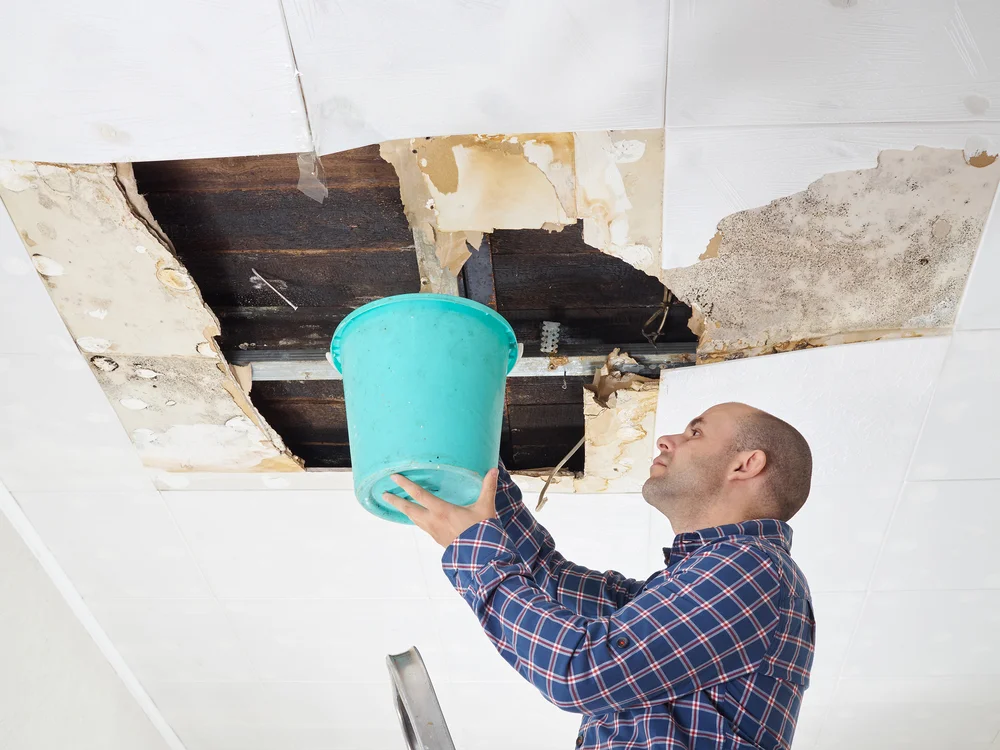Homeownership is a multifaceted journey, complete with its joys and challenges. Among the latter, dealing with leaks ranks high on the list. Leaks can manifest in various forms, from burst pipes to roof leaks, and the resulting water damage can be financially and emotionally taxing. The central query for many homeowners is: Does home insurance cover leaks? In this comprehensive exploration, we will dissect the complexities of home insurance coverage for leaks, empowering homeowners to navigate potential damages and financial setbacks with confidence.
Types of Leaks Covered by Home Insurance:
Home insurance policies typically cover a range of leaks, including burst pipes, plumbing leaks, roof leaks, and damages resulting from appliance malfunctions.
However, the extent of coverage may vary, and understanding the specifics of your policy is crucial.
Exclusions and Limitations:
The devil is in the details, and insurance policies are no exception. Examine your policy for exclusions and limitations on leak coverage.
Some policies may exclude gradual damage over time or damages due to lack of proper maintenance.
Water Damage vs. Flood Damage:
It’s essential to distinguish between water damage and flood damage. While home insurance generally covers water damage, it may not extend to floods.
Homeowners residing in flood-prone areas should consider purchasing a separate flood insurance policy.
Mitigation Responsibilities for Homeowners:
Being proactive in leak prevention is often a stipulation in insurance policies. Homeowners are typically expected to take reasonable steps to prevent and minimize losses.
Regular maintenance, prompt repairs, and proper insulation are essential components of a proactive approach.
The Claims Process:
Understanding the claims process is crucial for a swift and efficient resolution. In the event of a leak, document the damage, take immediate steps to mitigate further harm, and promptly contact your insurance provider to initiate the claims process.
Impact on Premiums:
Filing a claim for a leak may impact your home insurance premiums. However, the degree of impact varies among insurance providers. Consider the potential long-term cost implications before deciding to file a claim.
Common Causes of Leaks:
Identifying the common causes of leaks, such as aging infrastructure, extreme weather events, or faulty appliances, is key to prevention.
Knowledge of these root causes can aid homeowners in implementing effective preventive measures.
Additional Coverage Options:
For homeowners seeking comprehensive protection, exploring optional coverage add-ons or endorsements is advisable.
These additions can provide extra protection for specific types of leaks or water-related damages not covered by standard policies.
FAQs:
Q1: Does home insurance cover water damage from leaks?
A1: Yes, in most cases, home insurance covers water damage resulting from leaks. However, the cause and circumstances may impact coverage.
Q2: Are all types of leaks covered by home insurance?
A2: Not necessarily. Policies may exclude certain types of leaks or have limitations based on factors like maintenance and gradual damage.
Q3: What should I do immediately after discovering a leak?
A3: Take immediate steps to mitigate damage, document the situation, and contact your insurance provider to begin the claims process.
Q4: How can I prevent leaks in my home?
A4: Regular maintenance, prompt repairs, and proper insulation are key preventive measures. Homeowners should also be mindful of extreme weather conditions and aging infrastructure.
Q5: Will filing a claim for a leak increase my premiums?
A5: It depends on your insurance provider and policy. While some claims may lead to higher premiums, others may not have a significant impact.
Q6: Does home insurance cover flood damage from external sources?
A6: No, standard home insurance policies typically do not cover flood damage. Homeowners may need to purchase a separate flood insurance policy.
Q7: Can I add extra coverage for specific types of leaks?
A7: Yes, homeowners can explore additional coverage options or endorsements to enhance protection for specific types of leaks or water-related damages.
Conclusion:
Understanding the nuances of home insurance coverage for leaks is imperative for every homeowner. By delving into policy specifics, adopting preventive measures, and being well-informed about the claims process, homeowners can navigate the challenges of leaks with confidence. Remember, an ounce of prevention is worth a pound of cure, and a proactive approach can save you both stress and money in the long run. In the intricate world of homeownership, knowledge is your greatest ally.

A group of home improvement enthusiasts and bathroom design experts, combines in-depth knowledge and a shared passion to deliver engaging, informative content that guides readers through the world of bathroom innovation and style.

Leave a Reply